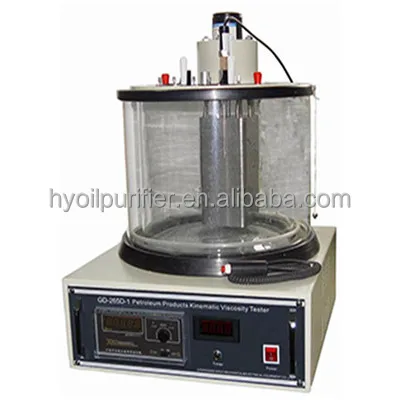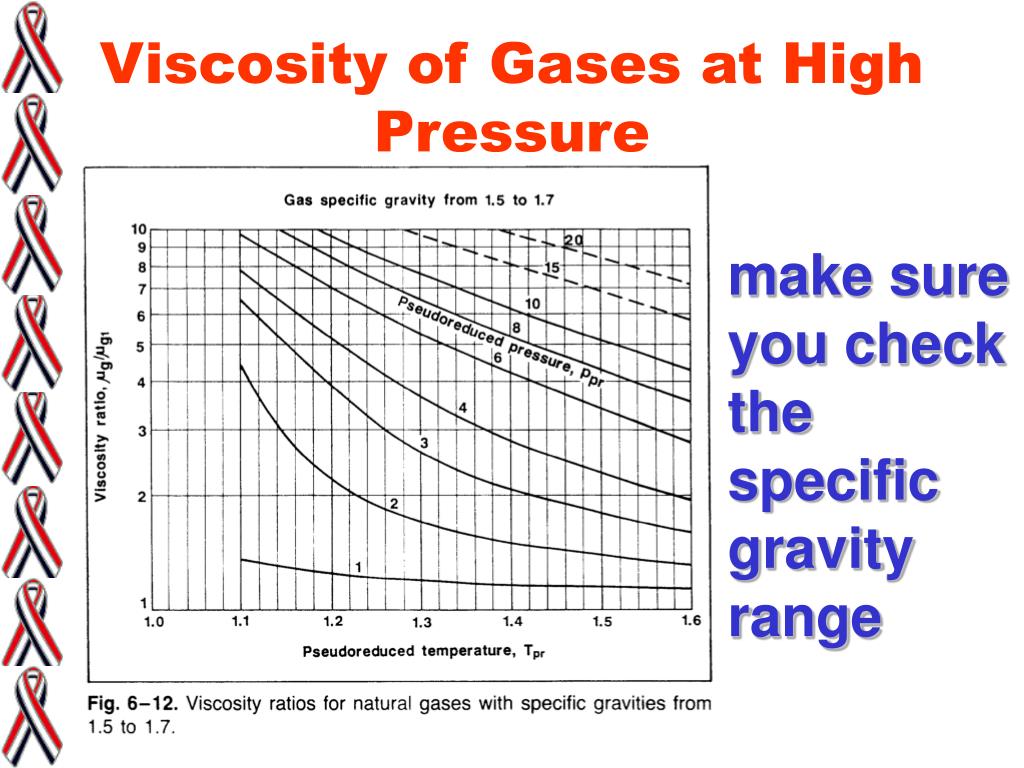

In addition, the thermometer ice point should be determined every six months and the correction factor applied. It must be calibrated at least yearly to +/- 0.02☌. The thermometer must be immersed in the bath at the correct depth. A specified thermometer or other temperature-sensing device having the specified accuracy and meeting the test method requirements must be used when measuring viscosity.Īccurately reading a thermometer to 0.01☌ can be difficult, so the use of a magnifying lens is recommended.

There are a number of factors that impact the temperature: That is an extremely tight window and great care must be taken to achieve this control. The bath temperature for the most common measurements, 40☌ and 100☌, must be controlled to within +/- 0.02☌. Thus a slight variation in temperature can have a large effect on the viscosity of a fluid. This is especially true for petroleum products as their rate of viscosity change per unit temperature is significantly greater than other products. Temperature control is the single most important parameter for obtaining accurate and precise kinematic viscosity measurement.

For a large lubricant manufacturer, this can amount to $1 million or more in lost revenue per year.Īs the saying goes, “The most important factor affecting the value of a home is location, location, location.” In terms of viscosity measurements, “The most important factor affecting the quality of a viscosity measurement is temperature, temperature, temperature.” In economic terms, an error of one percent product viscosity that causes a blend adjustment can easily result in increasing product cost by a penny per gallon. There are many factors that affect the precision of this test method. It is determined by measuring the time it takes for a volume of fluid to flow under gravity through a calibrated glass capillary viscometer.Īlthough it sounds simple, achieving the high accuracy and precision required by the industry is an extremely formidable task. The term “kinematic” simply means that the measurement is made while fluid is flowing under the force of gravity. The criticality of kinematic viscosity measurement prompted the petroleum industry to develop a precise method, first published in 1937, ASTM D445, Test Method for Kinematic Viscosity of Transparent and Opaque Liquids. Small changes in viscosity can have a dramatic impact on the properties of petroleum fluids. It is an important measurement characteristic in the food, paint, polymer coating and other industries where flow is a critical product or use characteristic. The viscosity of crude oil affects our ability to pump it out of the ground the viscosity and volatility of a fuel affects how easy it is to atomize in the fuel injector the viscosity of a lubricant affects its ability to protect an engine. It is one of the most important properties of a fluid and plays a prominent role in the petroleum industry. Viscosity is a measure of a fluid’s resistance to flow.


 0 kommentar(er)
0 kommentar(er)
